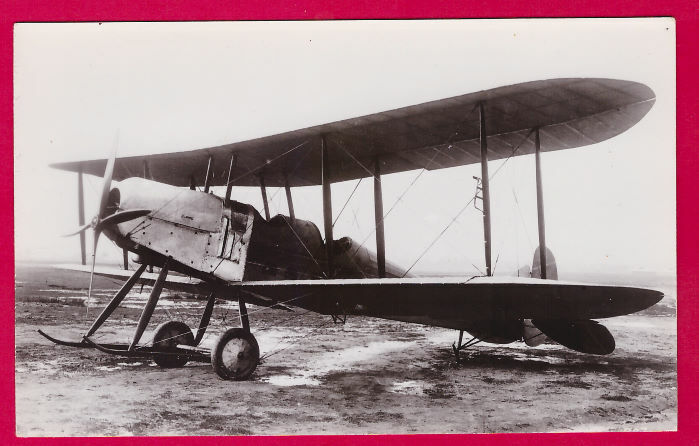-40%
RARE OLIVE EDIS WW1 12th Reserve Btn Essex Regiment British Military Band Photo
$ 261.36
- Description
- Size Guide
Description
A double rare photo from both the subject (Essex Rgt) and the photographer (Miss Edis).Fairly confident this is the 12th Reserve Battalion as you can see a 2 followed by what looks like a th on the top. There was only one unit in the Essex Regiment that ended in 2th which was the 12th Reserve. Essex Reg is clearly seen on the drum, but it is hard to read what comes after the 12th which I am assuming is reserve, and the letters before Essex looks like it might be BTL.
Embossed on the photo is "
Miss Edis The Studio Sheringham" which was Mary Olive Edis' first studio. Miss Edis was a pioneer for women in photography for England and became renowned enough to photograph many prominent dignitaries and famous people of England during her career including royalty.
Mary Olive Edis
Born into a prominent academic family in London on September 3, 1876. Her father was a gynecology professor at University College Hospital, but upon his death, her privileged life came to an abrupt end. Miss Edis decided to pursue her interest in photography - introduced to her during childhood by her uncle, Dr. John Murray - as a vocation, and she, along with her sister Katherine, established a studio first in Sheringham, Norfolk. She began with modest portraits of local fisherman, but quickly emerged as one of the area's leading portraitists, opening studios in Farnham, Surrey, and Ladbroke Grove, London, and eventually attracting the attention of the royal family. Emphasizing photography as an art rather than a science, she used natural lighting whenever possible, and her instrument of choice was a large format (10x8") glass plate camera. With her large format camera, Miss Edis produced realistic portraits that did not sacrifice their aesthetic integrity.
By 1912, Miss Edis had become acquainted with autochrome, the color photography method developed in France by August and Louis Lumiere that produced color photographs with grains of color-treated potato starch. She became so accomplished in the process she actually developed and patented her own autochrome viewer. For her efforts, she became the first female photographer named as a Fellow of the Royal Photographic Society. At the outbreak of World War I, the British military prohibited photographers and women from entering the combat zone. However, after the war, the Imperial War Museum enlisted Miss Edis to travel to the Western Front to document its aftermath. She primarily photographed the women of Queen Mary's Auxiliary Army Corps as they actually appeared in their daily lives rather than in the stereotypical propagandist images. However, her beloved heavy large format camera and insistence upon natural lighting did not serve her well in this rustic setting, with blurring and exposure difficulties posing constant problems. Nevertheless, her views of Belgium's Ypres Cloth Hall, which the photographer described as, "Beautiful in its tragic ruin," movingly depicted the ravages of war.
During a trip to Canada in 1920, Miss Edis took that country's first photographs in color, and her growing subject roster of royalty, political dignitaries, and prominent individuals included Prince Albert (who would later become King George VI); Prime Minister David Lloyd George; Nancy Astor, the first female member of the House of Commons; and author Thomas Hardy. She married Edwin Henry Galsworthy in 1928 (cousin of novelist John Galsworthy), and thereafter preferred to be known as Olive Edis-Galsworthy. She is believed to have served as the model for her cousin-law's heroine Irene Forsyte in his classic novel series, The Forsyte Saga. Mrs. Galsworthy continued pursuing her unique brand of photography for the rest of her life, despite criticism that her techniques had become antiquated by that time. Seventy-nine-year-old Olive Edis-Galsworthy died on December 28, 1955. Her photographs are currently housed in the International War Museum, Norfolk's Cromer Museum, the National Portrait Gallery, and the Harry Ransom Center in Austin, Texas. Robin Llewellyn, of the Heritage Lottery Fund East of England, contends her work remains historically significant because it "spans social, gender and geographical boundaries to provide an incredible glimpse into the personal world of her subjects, particularly those who were affected by the First World War."
12th Reserve Battalion Essex Regiment
During the First World War, the Essex Regiment provided 30 infantry battalions to the British Army. The 3rd (Special Reserve) (formerly Militia) battalion was mobilized to supply drafts to the two Regular battalions. On the outbreak of war, the Territorial battalions (4th-7th, and 8th (Cyclist) battalions), all formed second line (2/4-2/8th) and eventually third line (3/4th-3/8th) battalions. Three service battalions (9th, 10th and 11th) and one reserve battalion (12th), were formed from volunteers in 1914 as part of Kitchener's Army. A further service battalion (13th (West Ham)), was raised by the Mayor and Borough of West Ham. Reserve battalions were created as the war progressed, including the 14th (from the depot companies of the 13th), the 15th, 16th and 17th (from provisional battalions), the 18th (Home Service) and 1st and 2nd Garrison Battalions.
Campaigns included the 1st Battle of Somme, Gallipoli, Senussi and finally Palestine.
Total measurements are 11 3/4 x 9 3/4 inches
3 oz.
J519-B.



















